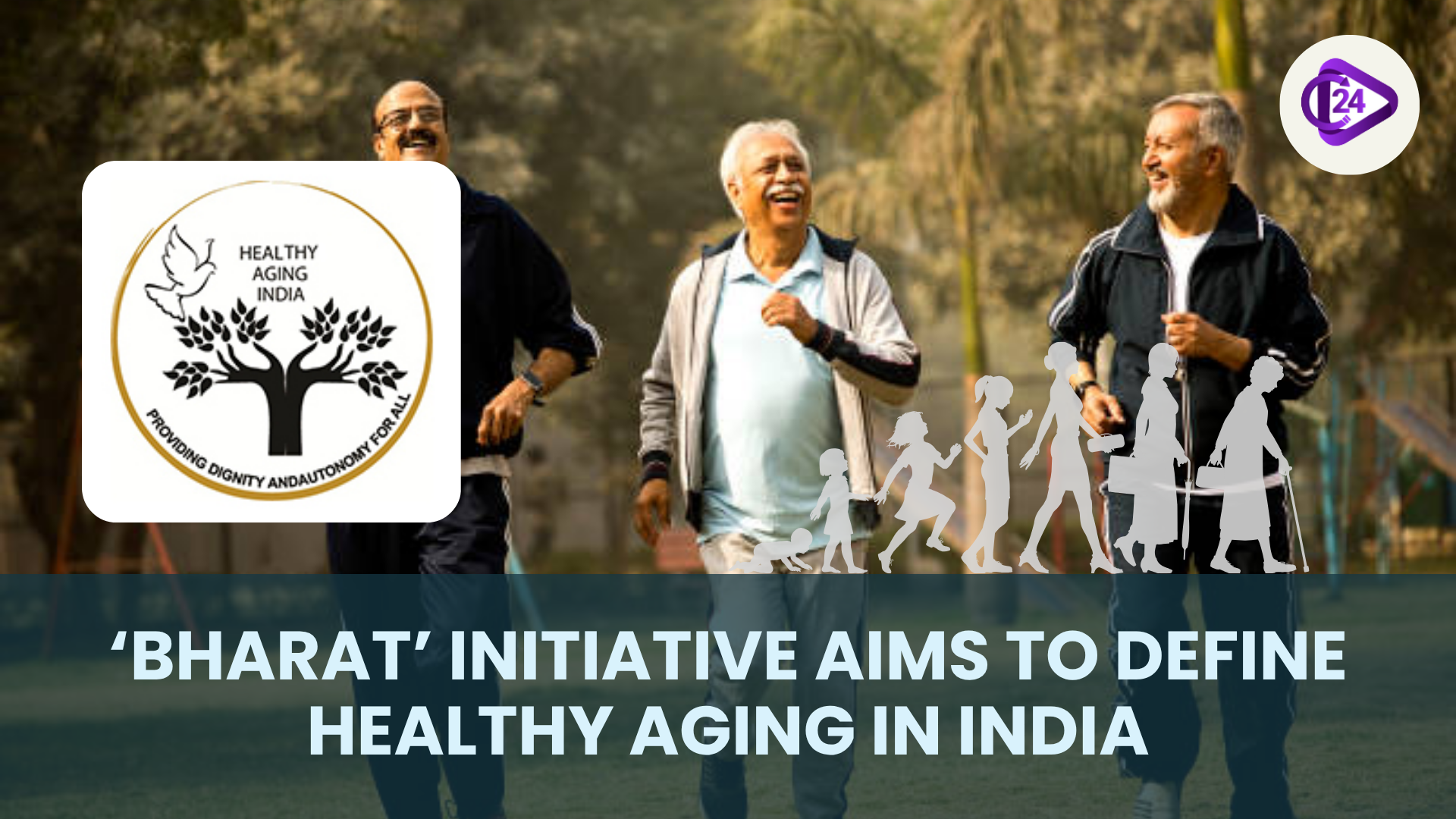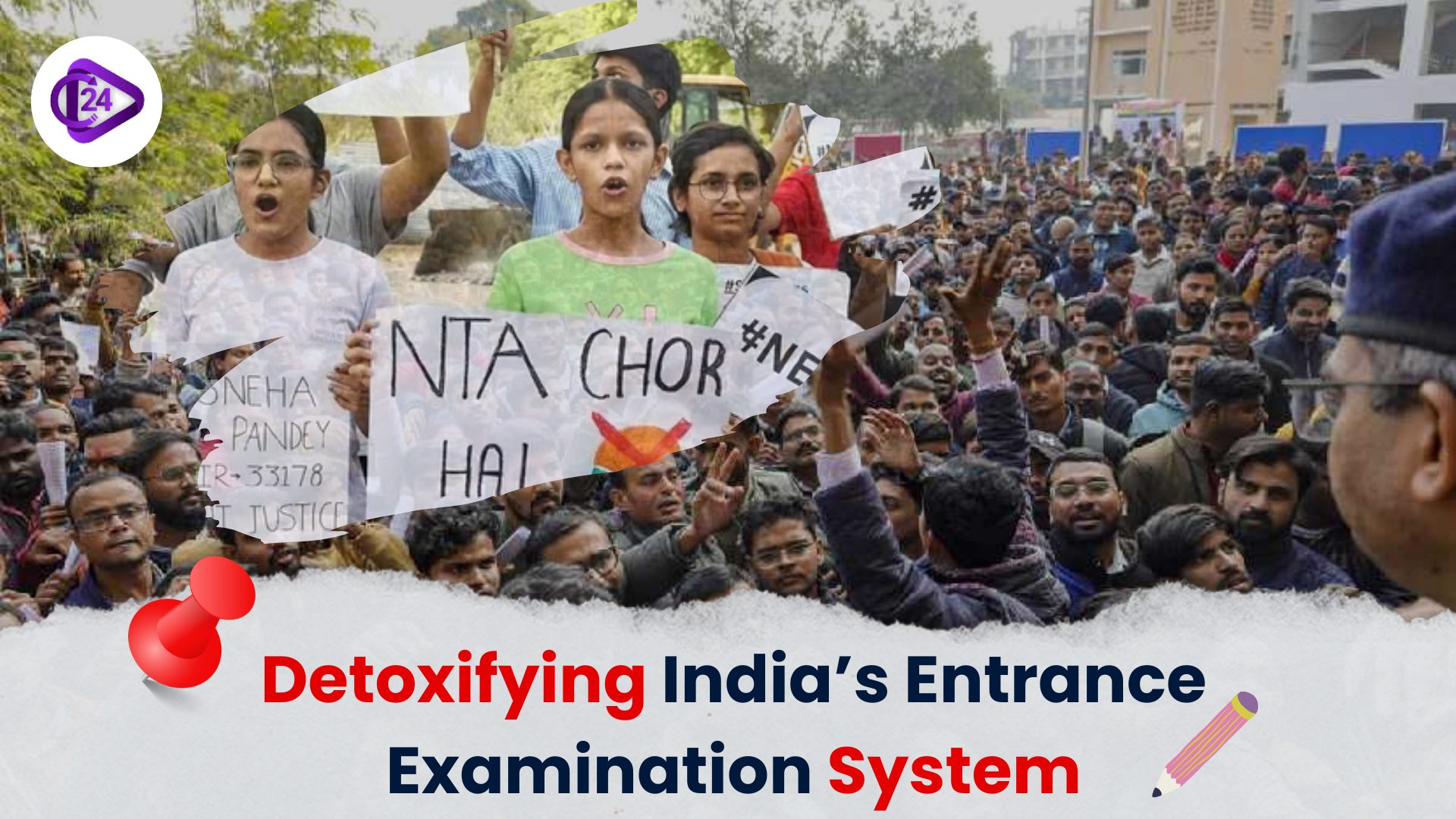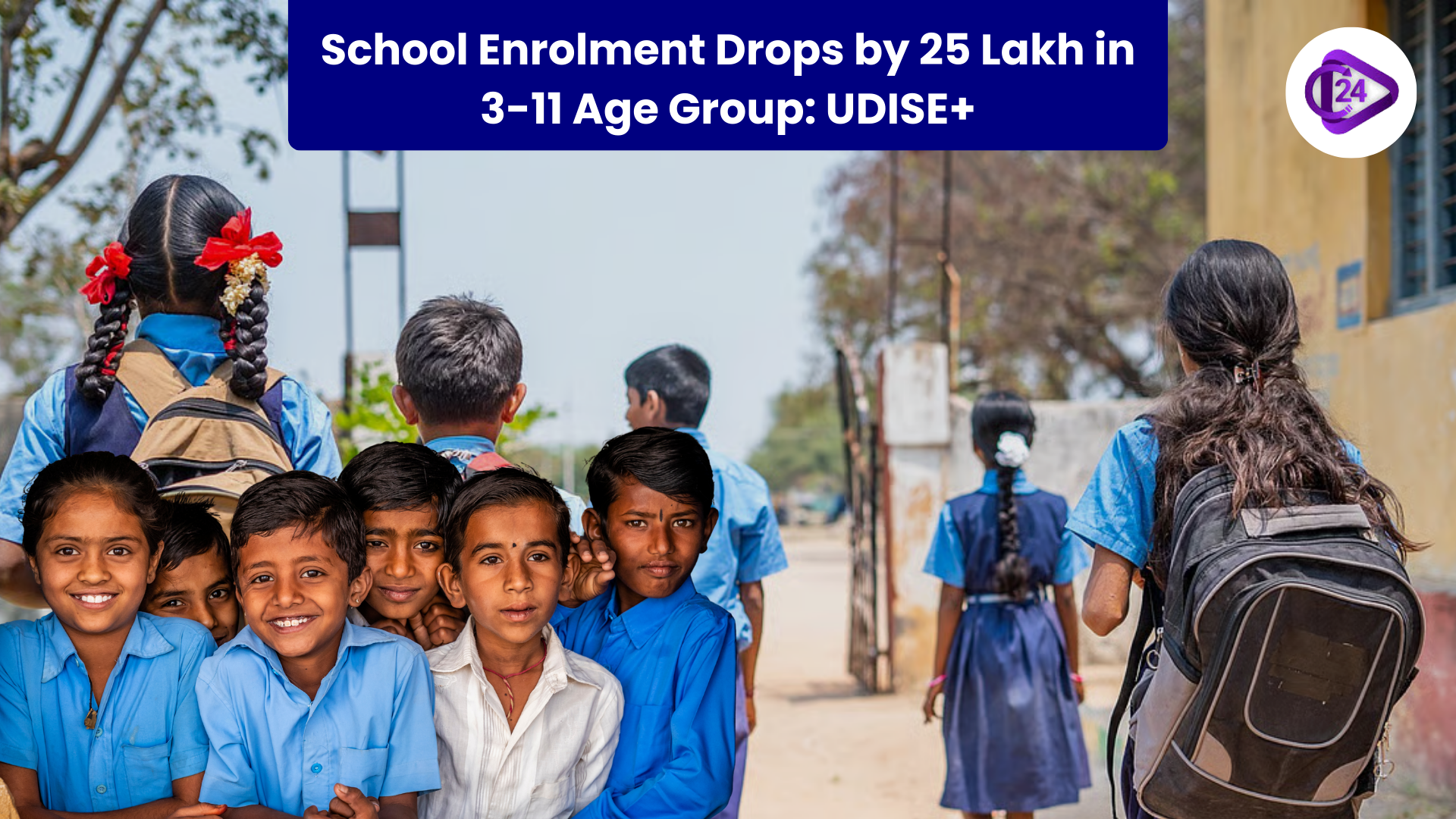
BHARAT study (Biomarkers of Healthy Aging, Resilience, Adversity, and Transitions) launched by the Indian Institute of Science (IISc) is based in Bengaluru. This is an extensive study intending to chart physiological, molecular and environmental markers of aging among the Indian population. The research will be aimed at filling in the missing links in health diagnosis that can occur due to absence of biomarkers which are specific to India. The outcomes will assist in producing a guideline on healthy aging among Indian people and support age-related disease interventions. As the number of ageing people increases in India, the study will be important in solving the health problems that come with ageing.
Context
-
To curb health risk associated with ageing, IISc has initiated a study known as the BHARAT that seeks to determine biomarkers of ageing that are specific to the Indian community.
-
The study is directed at the development of databases in order to comprehend aging in India and give corresponding health diagnostics.
Key Points
Study Overview
-
Project name: BHARAT (Biomarkers of Healthy Aging, Resilience, Adversity, and Transitions)
-
Organization: Indian Institute of Science (IISc), Bengaluru
-
Objective: To chart out physiological, molecular and environmental issues in India that affect aging.
-
Goal: To establish an objective with regards to healthy aging in India: to fill the gap that existed in the realm of healthy aging studies, which narrowly focused on the West.
Study Design and Approach
-
Data Collected:
-
Genomic Biomarkers: pathogenic predisposing mutations
-
Proteomic and Metabolic Indicators: It is indicative of biological and metabolic health
-
Environmental and lifestyle factors: Their role in aging
-
-
Artificial Intelligence:
-
Machine learning and artificial intelligence will help examine large quantities of data as well as model how interventions can impact aging.
-
Value of India-Targeted Research
-
Experimental Problems regarding Western Biomarkers:
-
The Indian population may not respond to western diagnostic values which include things like cholesterol, vitamin levels, etc. As an example, CRP levels in Indians might be naturally higher, so a Western cut- off may lead to error in diagnosis.
-
Global South Gap: The research has a goal where the study will be dependable in diagnosing and treating disease that is unique to Indian and other countries.
-
Significance of the research.
-
Health Consequences of aging:
-
In India, age-related diseases like Parkinson or dementia are bound to increase drastically by 2050.
-
Early prediction, prevention, and stewardship of the diseases can be supportive when it comes to identification of biomarkers in its onset at an early stage.
-
Active Health Periscope:
-
The study would help to find early indicators of age-related changes in the operation of organs, even before the development of the disease.
Possible Applications and Advantages
-
Personalized Interventions:
-
Through biomarkers, there will be a possibility of developing personalized interventions in order to hinder the progression of age-related diseases.
-
-
Policy and Government Implications:
-
Results of the study may be used in health policy to target aging in a nation with a naturally high population of aged people like in India.
-
Implementation Problems
-
Sample Collection:
-
It will be difficult to collect the right sample of healthy adults of different populations in such a diverse India.
-
-
Long-Term Funding:
-
Finding long-term funding in the government and philanthropic circles to support the nature of the study which is long-term.
-
Medical and AI
-
Cross-Institutional Collaboration:
-
It is a research project that requires the cooperation of computational biology and AI experts to perform a statistical analysis of complicated data.
-
-
AI in Early Detection:
-
AI models will assist in identifying minor signs of aging, which are not likely to be detected in small traditional studies.
-
Conclusion
The BHARAT study is a first-off-the-block attempt to find out more about healthy aging in the Indian subcontinent and its biomarkers. Such a program is potentially game-changing in the context of the healthcare of aging populations, knowledge of age-related disease prevention, as well as much-needed data regarding personalized healthcare interventions related to India because of the unique genetic, environmental and socio-economic factors.



 Reforming India’s Entrance Exams: Towards Equity and Student Well-being
Reforming India’s Entrance Exams: Towards Equity and Student Well-being Dowry Deaths in India: Nikki Bhati Case Exposes Systemic Silence
Dowry Deaths in India: Nikki Bhati Case Exposes Systemic Silence J&K: Annual Mela Patt Festival Begins in Bhaderwah
J&K: Annual Mela Patt Festival Begins in Bhaderwah Prime Minister Extends Warm Greetings on Nuakhai Festival
Prime Minister Extends Warm Greetings on Nuakhai Festival School Enrolment in 3-11 Age Group Drops by 25 Lakh: UDISE+ Report
School Enrolment in 3-11 Age Group Drops by 25 Lakh: UDISE+ Report Punjab and Haryana HC Grants Bail to Bangladeshi Woman: Application of Article 21 for Foreign Nation
Punjab and Haryana HC Grants Bail to Bangladeshi Woman: Application of Article 21 for Foreign Nation NHAI launches Project Aarohan to support education of toll plaza workers’ families
NHAI launches Project Aarohan to support education of toll plaza workers’ families RAN SAMWAD-2025: A Groundbreaking Tri-Service Seminar on Warfighting at Army War College
RAN SAMWAD-2025: A Groundbreaking Tri-Service Seminar on Warfighting at Army War College CISF Launches First All-Women Commando Unit to Strengthen Gender Parity
CISF Launches First All-Women Commando Unit to Strengthen Gender Parity NCERT Introduces Indian Classical Art Forms in School Curriculum (Classes 3–8)
NCERT Introduces Indian Classical Art Forms in School Curriculum (Classes 3–8)






